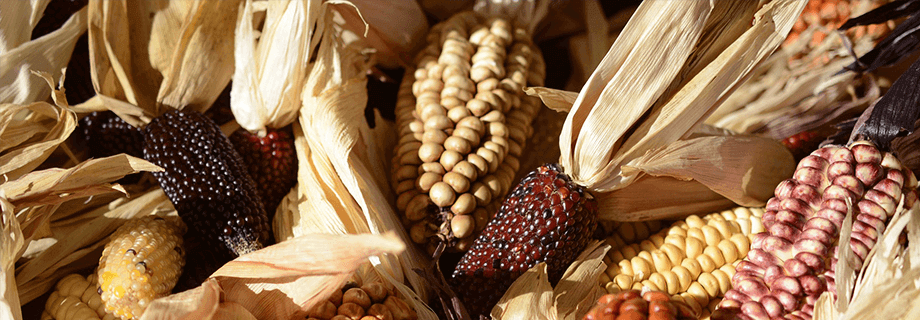Corn is Not a Commodity

Corn is one of the most important crops in the world. In 2009, more corn (by weight) was grown than any other grain – production around the world was greater than 800 million tons. In the US and many other parts of the world, the majority of corn is used as livestock feed.
Livestock rations, for swine and poultry especially, rely heavily on corn and its by-products. This is because corn is palatable by all major production animal species, easily digested and complements other major ingredients, such as oilseed meals, when balancing diet formulations to optimize performance.
As a result, corn is one of the most important commodities in the world – meaning that it is treated as similar, or the same, no matter who produced it.
Among other things, corn provides a large percentage of the dietary energy to the animal. Most of the energy from corn is supplied as starch, and a small fraction as oil. As I have written in a blog before, formulating a diet with information on energy content and requirements is important in order to maintain or enhance animal performance and efficiency, while minimizing cost.
This information on energy is often assumed and is rarely evaluated. The problem with this was highlighted recently in a study describing normal variation in metabolizable energy contents of corn sampled around the US (Campasino et al., 2014). The corn samples varied by 195 kcal/kg in apparent metabolizable energy (AME) content when fed to broiler chickens. During personal communications with one of the authors, it was revealed to me that differences in the moisture contents of the corn samples were believed to be mainly responsible for differences in AME.
So, 195 kcal/kg may not seem like much, but consider the following data taken from broilers fed corn / extruded full-fat soy diets after 21 days:
Corn is 55-70% of typical broiler diet formulations. So, normal variation in AME values, determined using corn from around the US, could easily reduce broiler growth performance and feed efficiency.
I’ve written before (see here and here) about the importance of incoming raw materials programs for every operation. In addition, using processing techniques, such as extrusion, to liberate as much energy that is possible from a feed ingredient can attenuate normal variability. This is especially important for the broiler industry, which is built on uniformity to allow for the 71 million plus tons of chicken meat produced every year in the world.
So, corn was commoditized long ago, but to conclude, this is not necessarily the case. Simple testing, including moisture, and accumulating this data over time, will help determine the actual, inherent value of each batch of corn.
Reference:
Campasino, A., T.A. Wickersham, H.V. Masey O’Neill, and J.T. Lee. 2014. Effects of nutrient variability in corn associated with geographical location and xylanase inclusion on energy utilization. Personal Communication.





